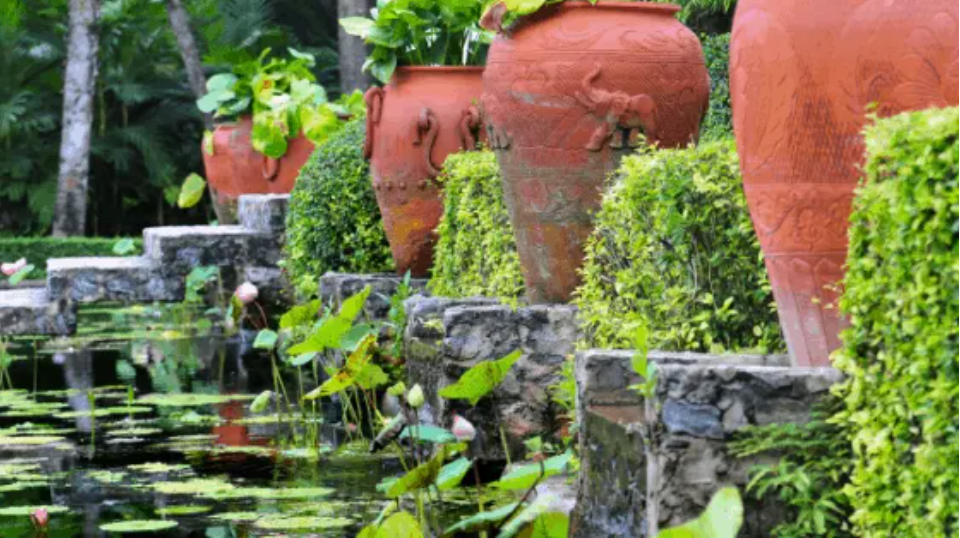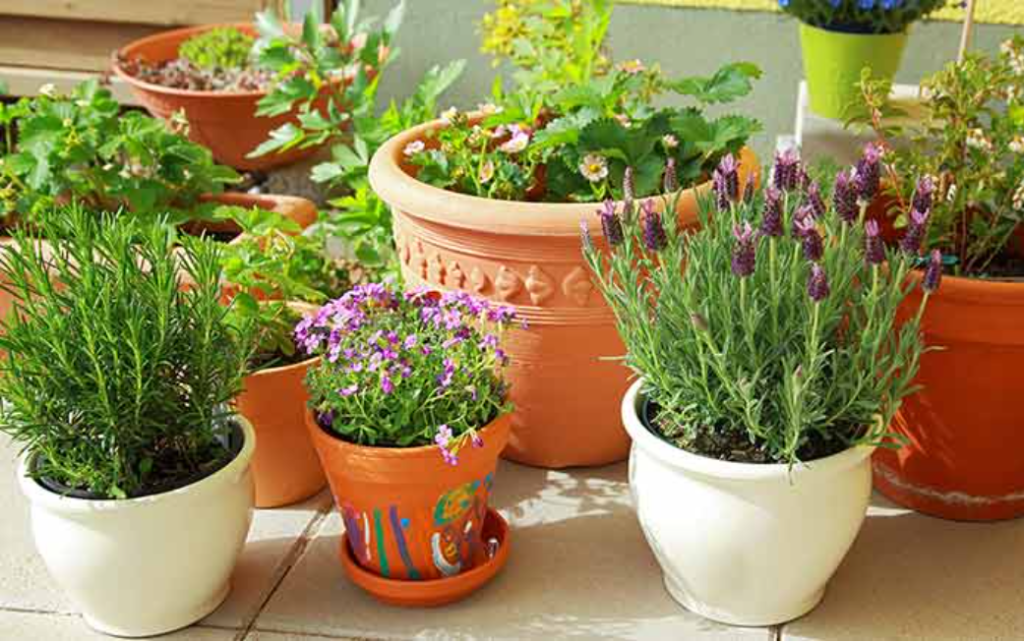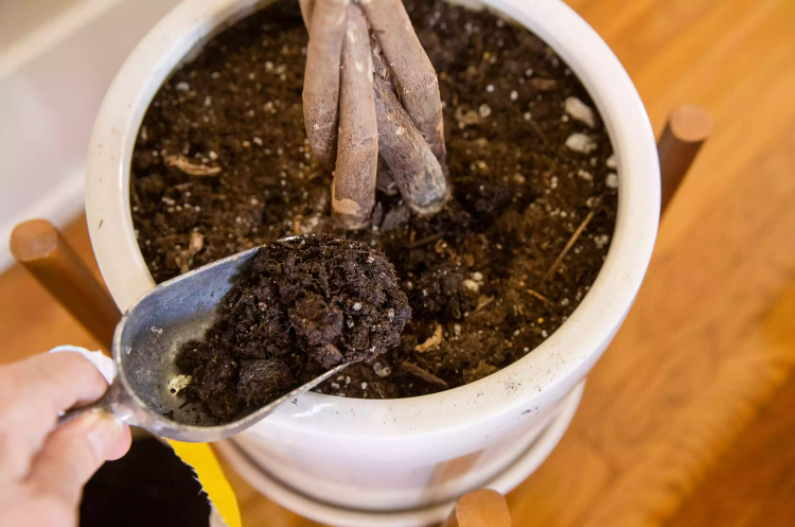The wooden pot
Wood is widely used for making garden pots. The downside for wooden containers is that they rot more or less quickly. It is therefore essential to opt for a prior treatment of the wood against rot with a fungicidal product.
Otherwise, there are also old recycled wine barrels in jars, having bought a few last years, I can tell you that they are resistant because 11 months later, after a rainy winter, without any maintenance on my part. , they are still in perfect condition, ready to be repotted.
The stone, cement or terracotta pot

Undoubtedly solid, this type of pot is unwieldy due to its heavyweight. But how pretty is a natural colored terracotta pot! Otherwise, for those who are discouraged by weight, you can opt for so-called rotomolded earth imitation pots, they are the most beautiful effect.
The plastic pot
This pot is very light and its price is reasonable. However, dark-hued plastic pots absorb heat from the sun and as a result heat the roots of plants. They are therefore preferably installed in shady locations.
If you have the choice, prefer cellulose fiber pots, which are non-polluting.
Wicker baskets
Wicker baskets are unmistakably aesthetic. So that they can continuously preserve this aspect, it is important to cover them on the inside with a plastic sheet. This effectively prevents their rotting. Needless to say, outside, we forget.
The hanging basket
To achieve the best effects and to allow the plant to evolve with serenity, it is preferable to lean for baskets of more than 30 centimeters. This promotes rooting and also allows the plant to better resist drought. However, be sure to water frequently, the hanging basket dries up very quickly, especially if outside in the sun.
The planter: the right choice

First of all, it is important to carefully assess the number of flowers or plants you want to plant. Thus, over a width of 16 centimeters, a single row of plants will be installed. In this case, three to four plants can decorate a planter measuring 50 centimeters long. On width of 25 centimeters, it is possible to place the plants or flowers like staggered pansies in two rows including a row of redundant plants for example. This is how seven to eight plants can be installed for a planter with a length of about 80 centimeters.
Some bins can reach 40 centimeters wide and deep. This type of pot allows you to plant for example two shrubs next to each other, climbing plants such as clematis or roses. Large planters are perfect for installing bamboo that will spread naturally in width. If we superimpose several planters, it will be possible to continuously admire a beautiful screen of leaves.
Be careful, whatever the size of the planter, it is essential to harmonize the size of the plants and that of the planter that welcomes them. This is useful from the point of view of rooting and the reserve of nutrients contained in the soil.
For all kinds of plants and flowers, it is important to choose wisely which ones are intended for the same planter. Initially, there is of course the aesthetic concern which will be guaranteed by the color of the leaves and flowers as well as the height and thickness of the plant. Secondly, it is just as important to have plants that have the same water requirements coexist: this will avoid watering abundantly those that need it in sufficient quantity while drowning the others!
The needs of flowers and plants in a planter or pot
First of all, it is important to carefully assess the number of flowers or plants you want to plant. Thus, over a width of 16 centimeters, a single row of plants will be installed. In this case, three to four plants can decorate a planter measuring 50 centimeters long. On width of 25 centimeters, it is possible to place the plants or flowers like staggered pansies in two rows including a row of redundant plants for example. This is how seven to eight plants can be installed for a planter with a length of about 80 centimeters.
The soil

Plants that grow in pots or planters need suitable soil. Adequate humus promotes rooting and allows the plant to draw on the various nutrients that are essential for their good growth.
Regarding the soil that hosts the plant, it must be replaced every year because, beyond this period, it becomes practically impossible to improve it. It is important to know that there are potting mixes that contain water-retaining crystals that have the ability to hold a certain amount of water in the same way as a sponge. Also, consider slow-release fertilizers that will provide nutrients to your plants all season long.
Watering
It can be done once a day when it is excessively hot. Water will also be left in the saucers. When the weather turns gray, rainy, or cool, watering may not be carried out. Also, when it rains a lot, the excess water in the saucers will preferably be removed. It is the earth that is watered and not the foliage of the plants. Watering is done more in the evening or very early in the morning: this is when the plants are thirstiest. In spring and fall, the operation will take place during the day.
